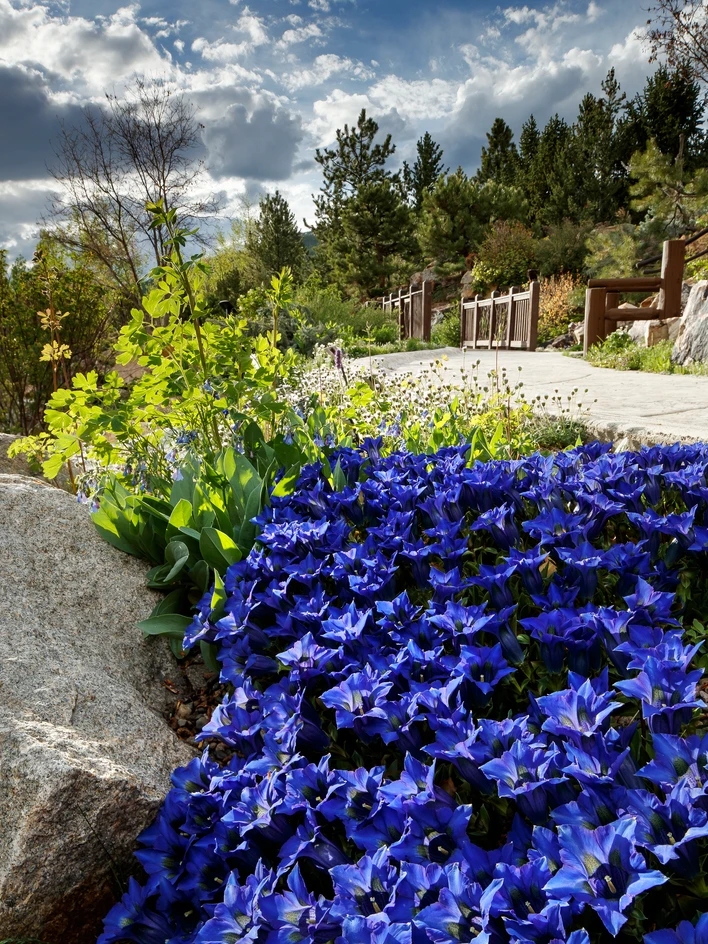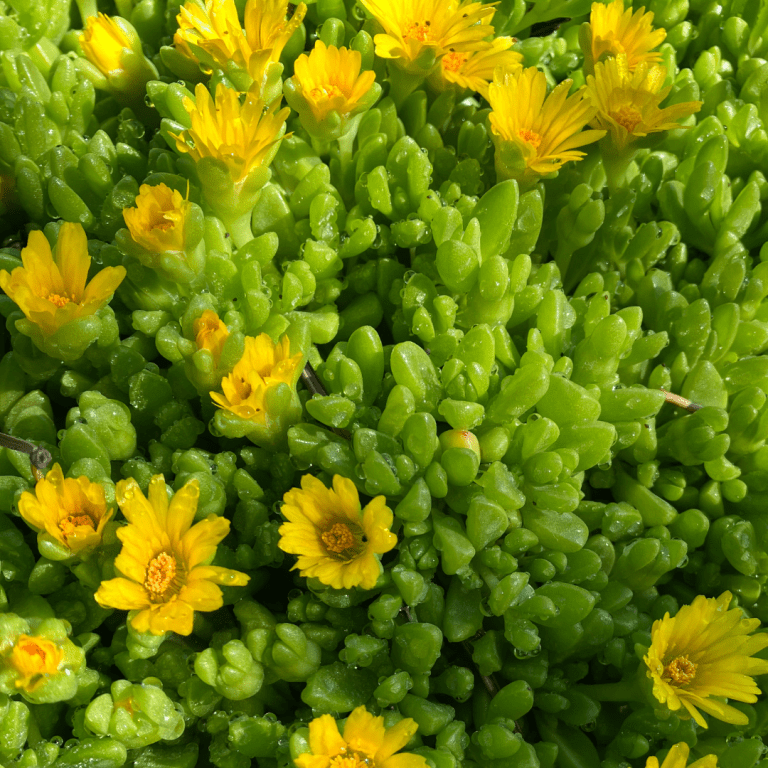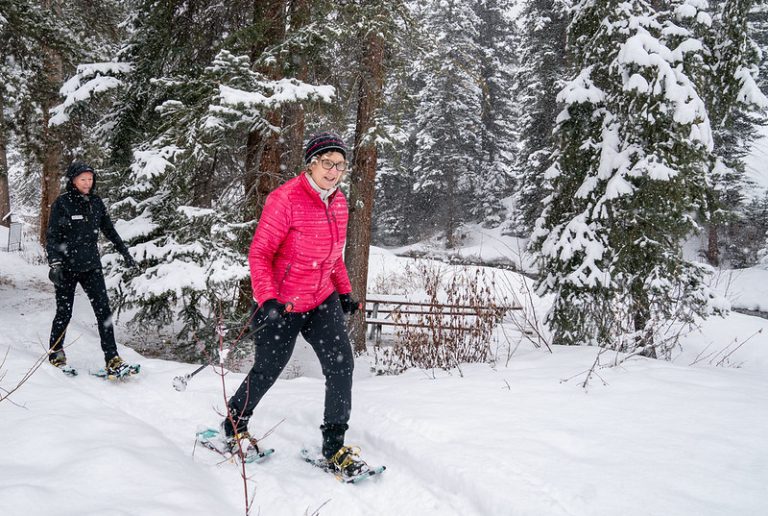Alpine Strategy: The Alpine Is Blooming
The heavy winter snow and early spring rain may have engendered a banner year for alpine flowers. Our Conservation Team has been out documenting these species as part of the Alpine Strategy and is looking forward to a colorful summer. We’re not out of the woods yet, though–alpine plants need summer monsoons to thrive and especially to produce seed. With the current forecast clear and sunny, this bloom may not last long. (Read more in this article from The Tribune: Wildflower ‘super blooms’ poised for Colorado.)
In June our Conservation Team and colleagues from Denver Botanic Gardens embarked on an expedition to the alpine zone of the Tarryall Mountains. With many species blooming, including Lehmann’s Rockjasmine (Androsace lehmanniana), Arctic Alpine Forget-Me-Not (𝘌𝘳𝘪𝘵𝘳𝘪𝘤𝘩𝘪𝘶𝘮 𝘢𝘳𝘨𝘦𝘯𝘵𝘦𝘶𝘮), Alpine Lily (𝘎𝘢𝘨𝘦𝘢 𝘴𝘦𝘳𝘰𝘵𝘪𝘯𝘢), and Alpine Primrose (𝘗𝘳𝘪𝘮𝘶𝘭𝘢 𝘢𝘯𝘨𝘶𝘴𝘵𝘪𝘧𝘰𝘭𝘪𝘢), the team collected some of the first herbarium vouchers in the area, which are an important metric of biodiversity. Our goal is to gain a better understanding of this unique alpine system as part of the Alpine Strategy. We plan to return at the end of July to capture the later-blooming species, and again at the season for seed collection.
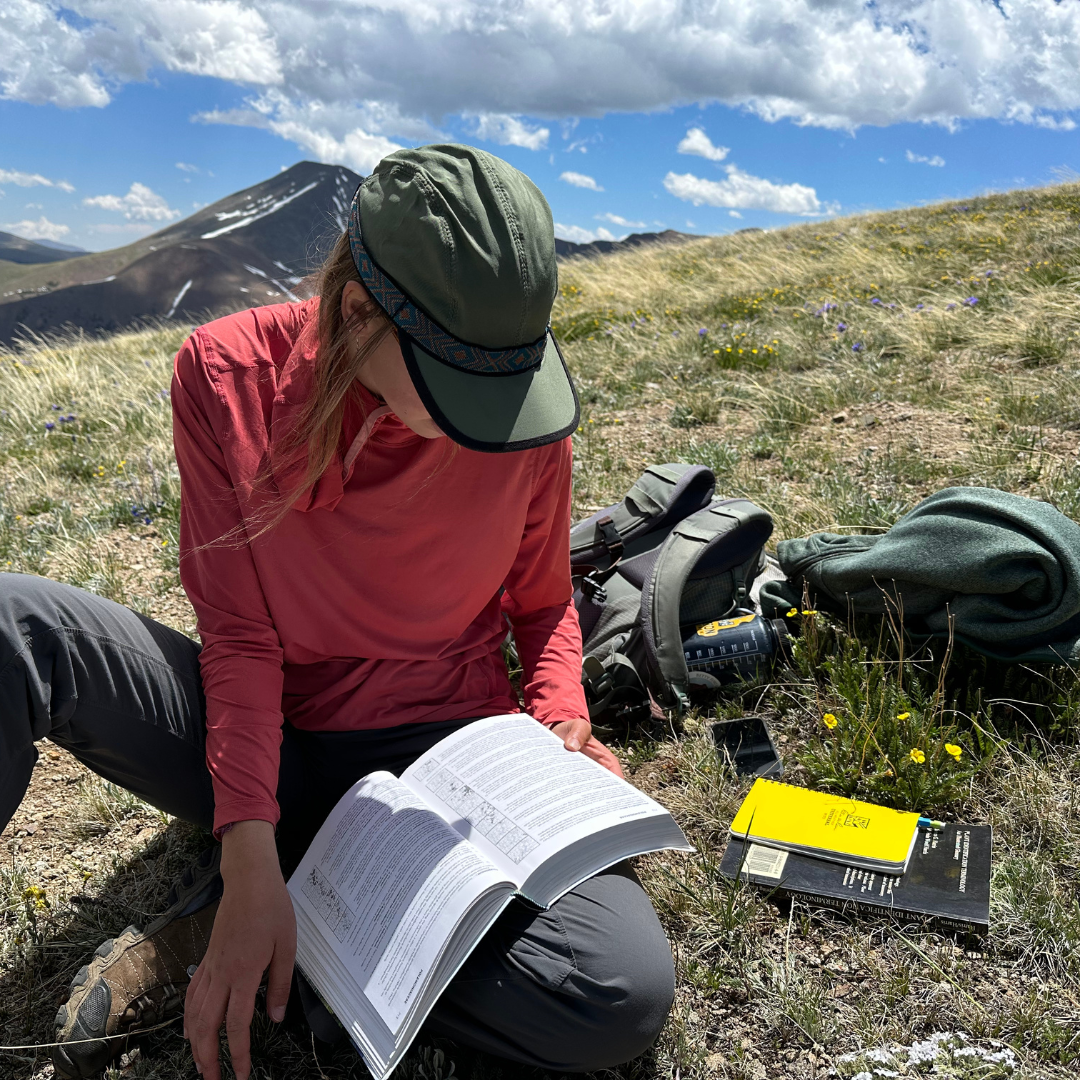
-
https://www.facebook.com/BettyFordAlpineGardensFacebook
-
https://twitter.com/
-
https://www.pinterest.com/bettyfordgarden/rest
Emma, Conservation Intern, keying out Alpine Phlox (Phlox condensata)
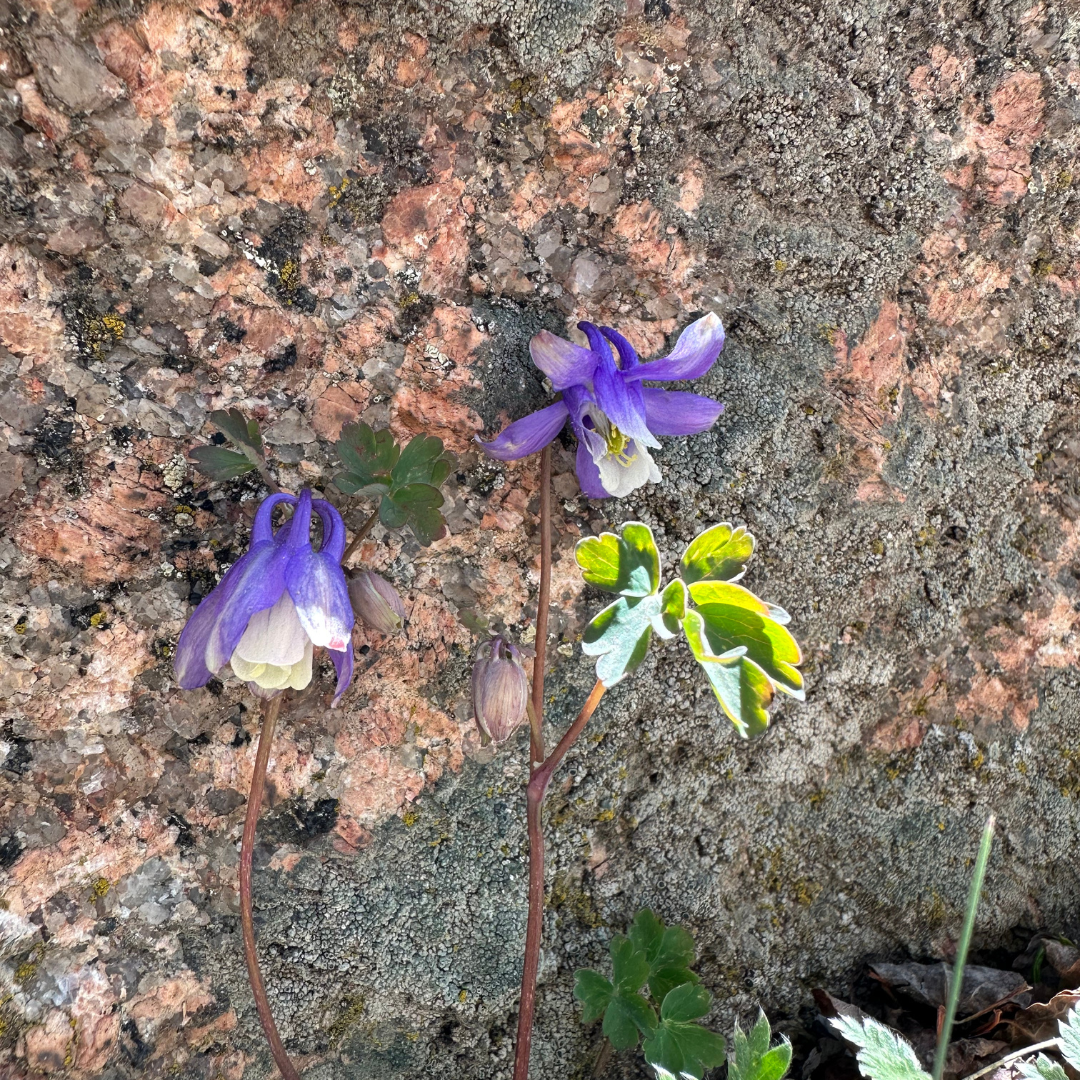

-
https://www.facebook.com/BettyFordAlpineGardensFacebook
-
https://twitter.com/
-
https://www.pinterest.com/bettyfordgarden/rest
Rocky Mountain Blue Columbine (Aquilegia saximontana), an endemic relative of our state flower that is ranked G3, or Vulnerable, by NatureServe with only 20-40 populations in the wild. It was amazing to see this rare plant thriving in the Tarryalls, usually nestled against the granite outcroppings.
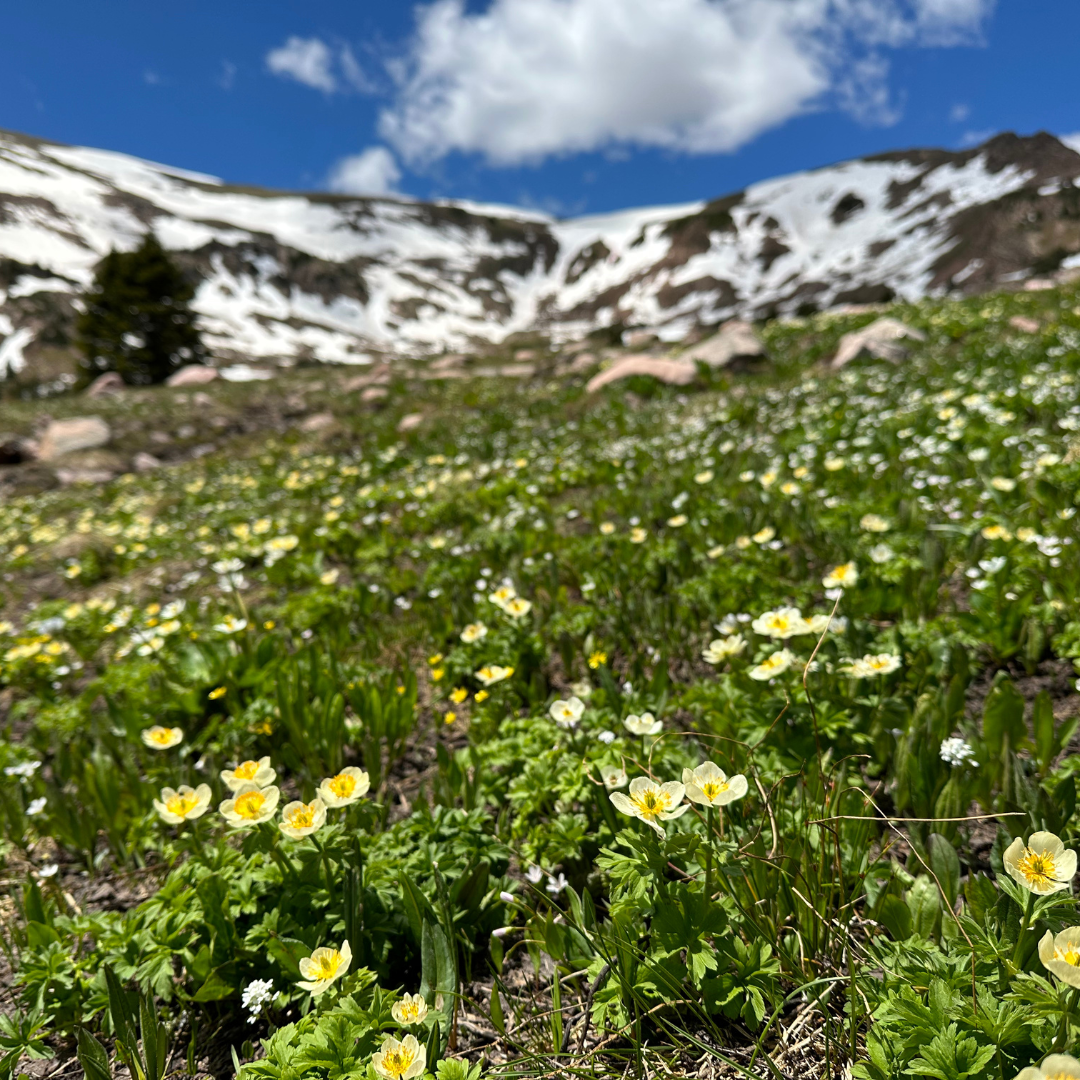

-
https://www.facebook.com/BettyFordAlpineGardensFacebook
-
https://twitter.com/
-
https://www.pinterest.com/bettyfordgarden/rest
White Globeflower (Trollius albiflorus)
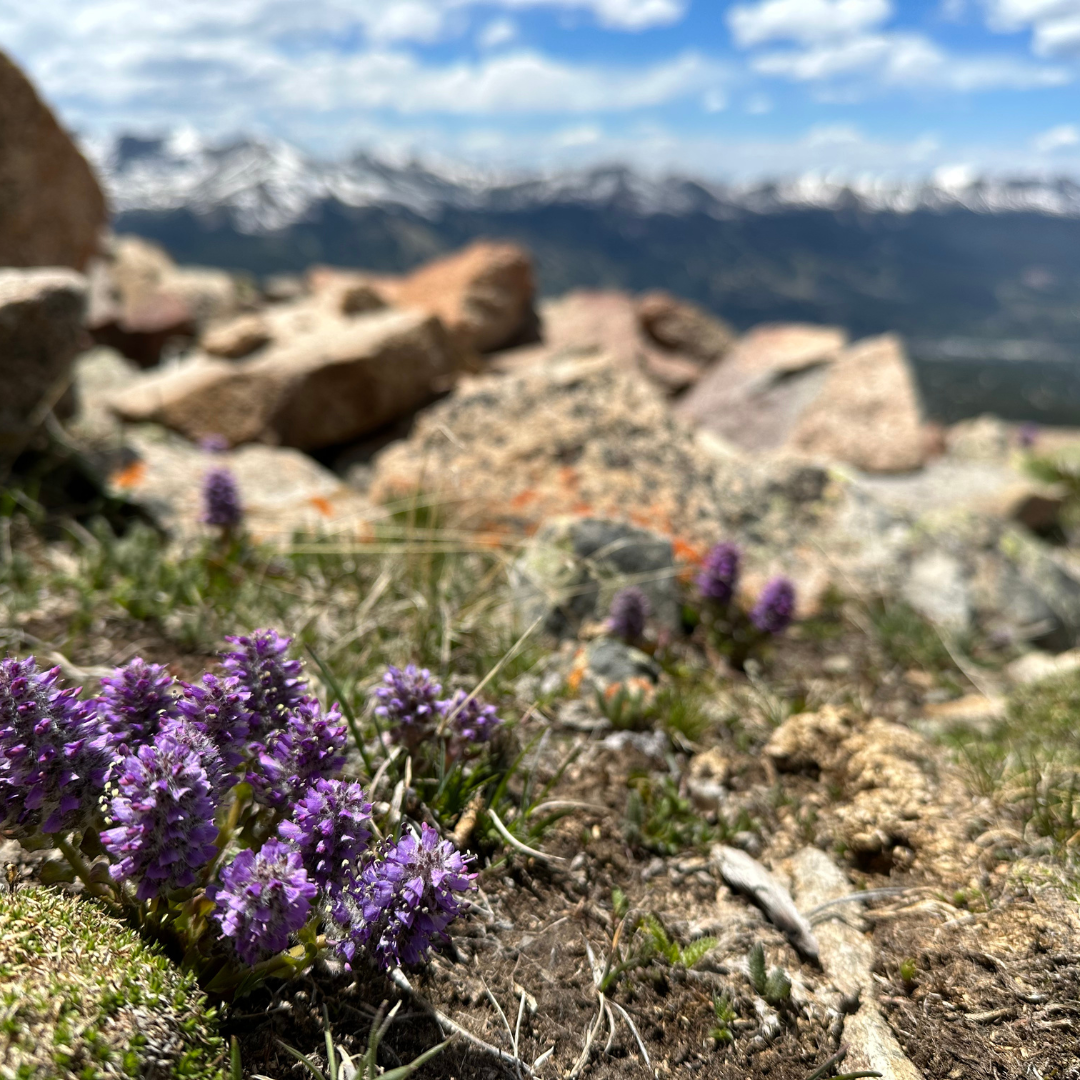

-
https://www.facebook.com/BettyFordAlpineGardensFacebook
-
https://twitter.com/
-
https://www.pinterest.com/bettyfordgarden/rest
Alpine Kittentails (Synthyris alpina)
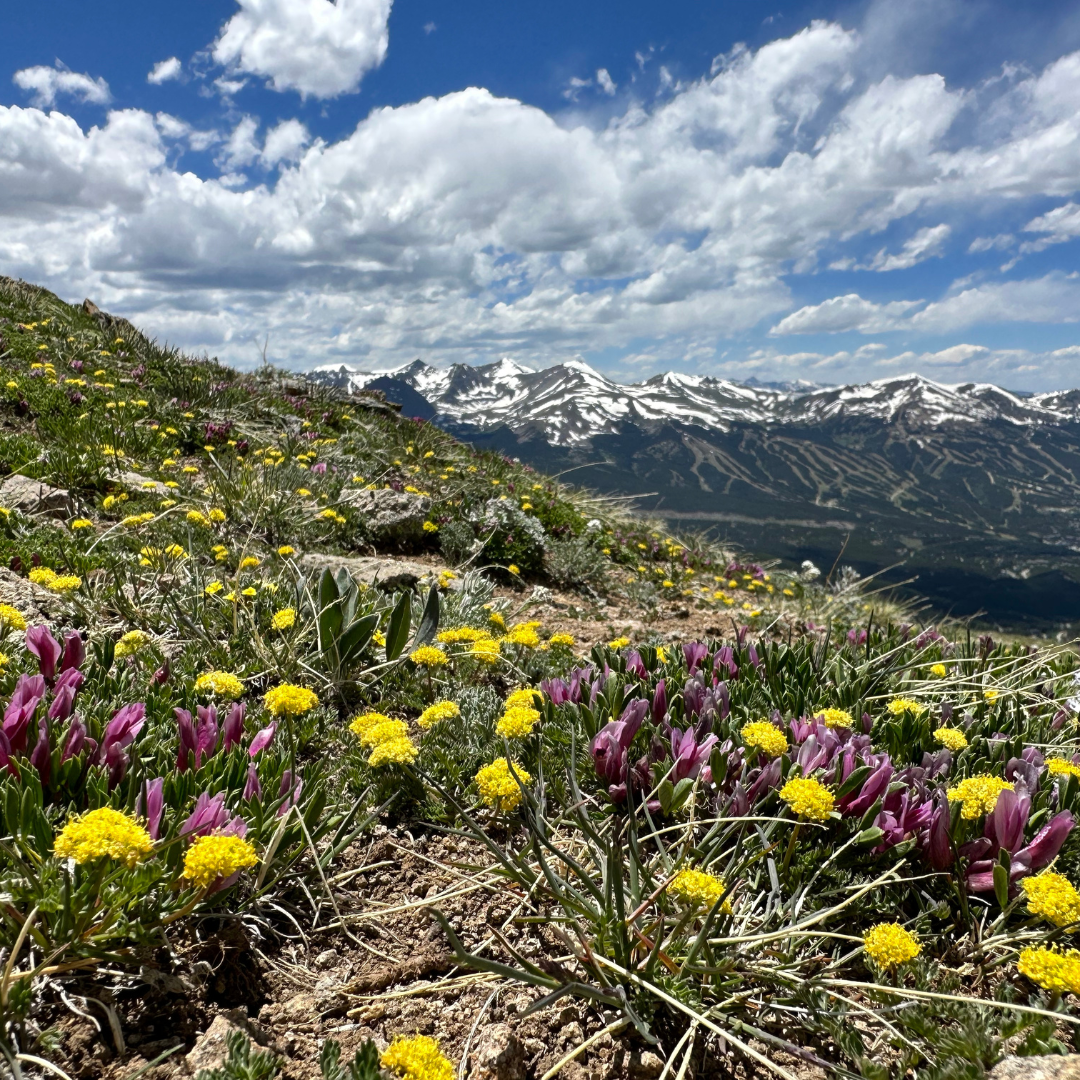

-
https://www.facebook.com/BettyFordAlpineGardensFacebook
-
https://twitter.com/
-
https://www.pinterest.com/bettyfordgarden/rest
Dwarf Clover (Trifolium nanum) and Alpineparsley (Oreoxis alpina)
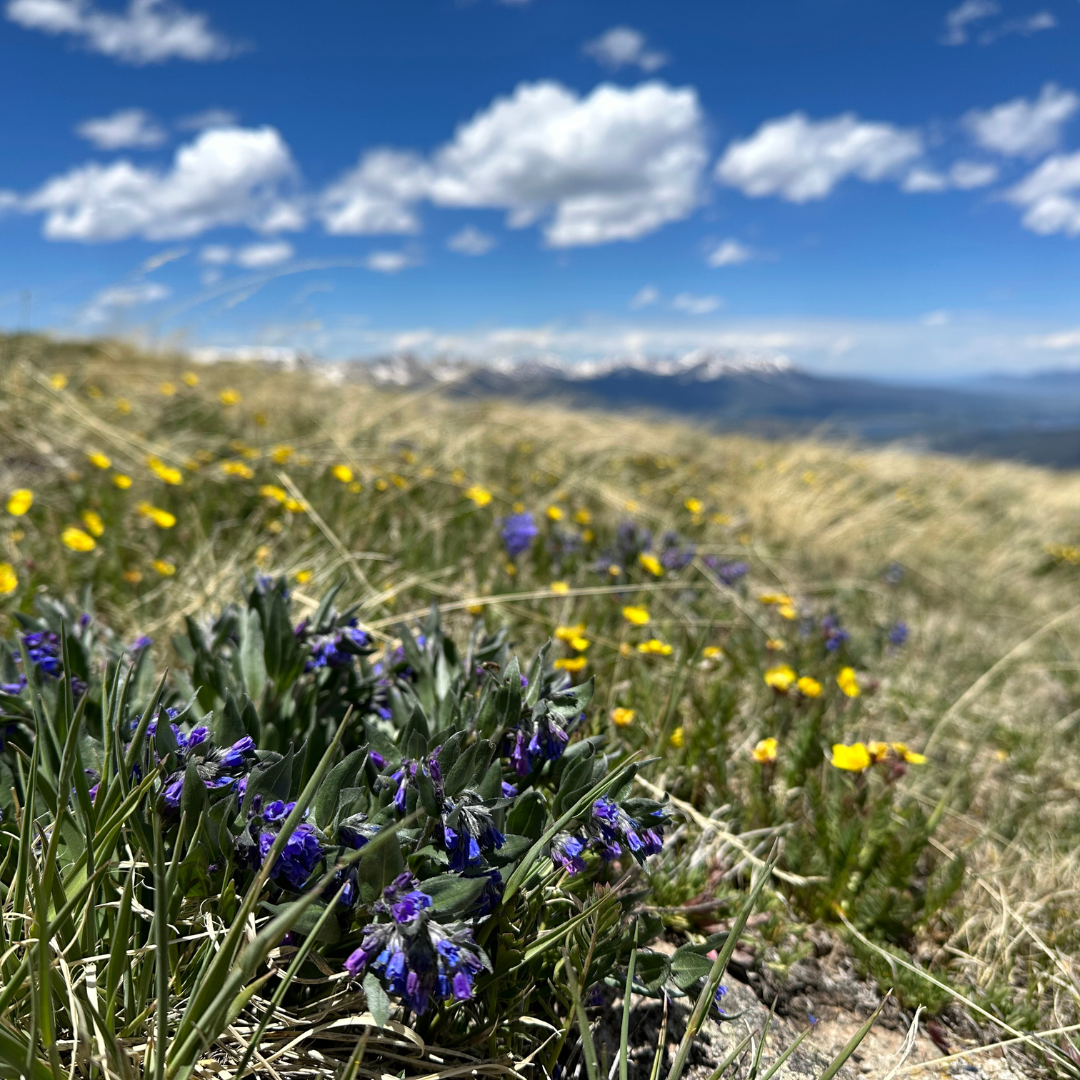

-
https://www.facebook.com/BettyFordAlpineGardensFacebook
-
https://twitter.com/
-
https://www.pinterest.com/bettyfordgarden/rest
Tweedy’s Bluebell (Mertensia tweedyi)
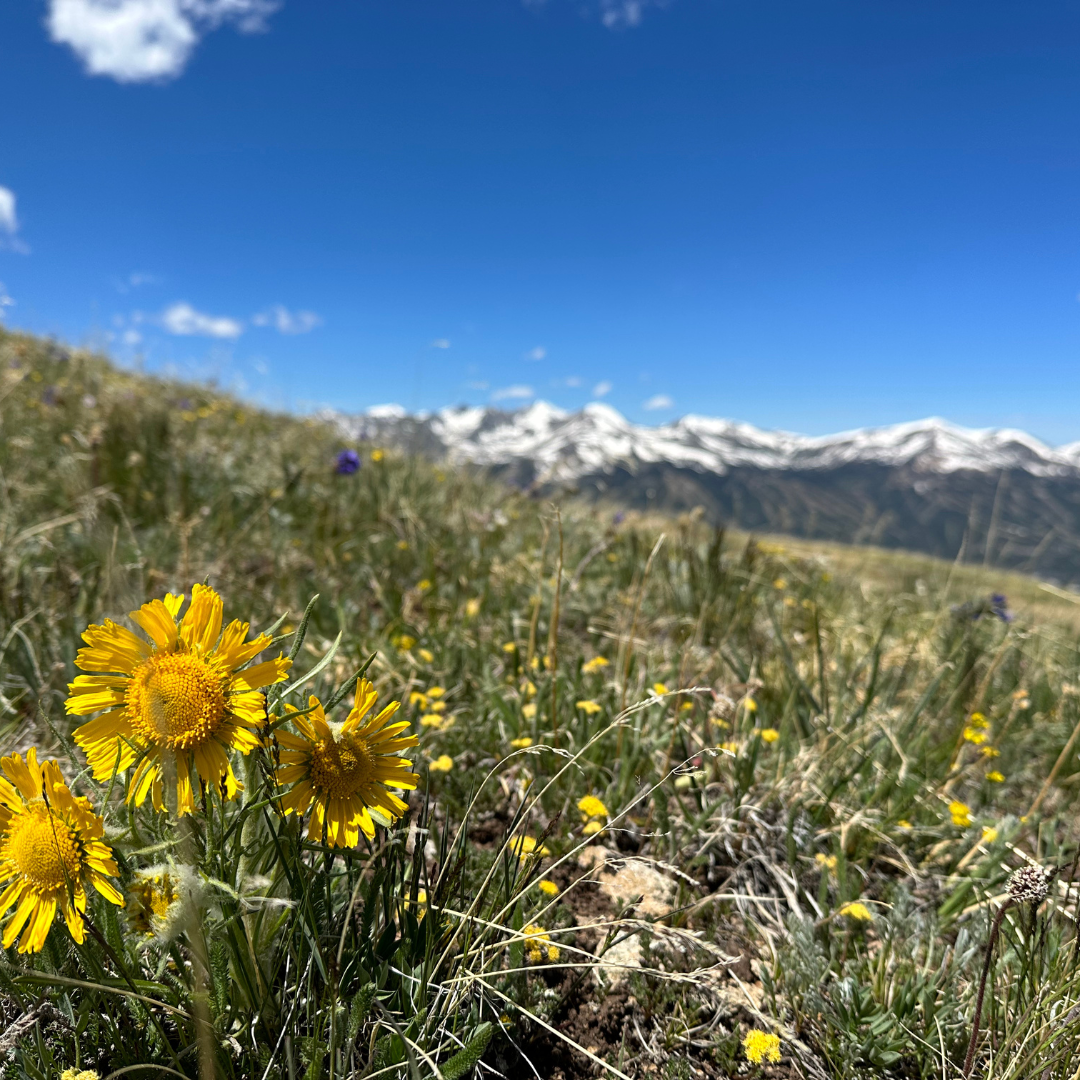

-
https://www.facebook.com/BettyFordAlpineGardensFacebook
-
https://twitter.com/
-
https://www.pinterest.com/bettyfordgarden/rest
Old Man of the Mountain (Hymenoxys grandiflora)



